|
Do you need to go to art school to become a highly-skilled and successful artist? What experiences do art schools provide that being self-taught doesn't? As a beginner artist going down the self-taught route, what can I do to ensure steady artistic progress and get to a point at which I'll be able to actually sell my work? Throughout the years, I've had the honor of meeting many successful artists both online and offline. Some of them did go to art school and some of them didn't. There are highly successful artists who didn't go to university at all and took up low-paying/low-stress jobs until they advanced their skills enough and started making an income from their art sales. There are artists who reach success later on in life, after having completed university studies and years of working in a completely different field. There are others who did attend art school only to realize it was a total waste of time, as they had to learn all of the techniques they were personally interested in, on their own. There are others who did go to an amazing art school that allowed them to advance their skills immensely in an inspiring and challenging learning environment, and also created great contacts that helped them fast-forward their careers post-graduation. Finally, I've met people who went to art school and created breathtaking work, but gave up and started on a different path after they realized that making a consistent income from art involves learning about sales and marketing, as well as being willing to push past their comfort zones. The scenarios are really never-ending, and there is no right or wrong way to go about it. Every artist has to forge his/her own path, depending on his/her own goals, as well as the situation they are personally in. You need to define what success means to you personally. Does it mean being able to create artwork your proud to share, but not necessarily earning an income from? Perhaps just a side-income? Does it mean getting your artwork shown and sold by popular galleries? Do you want to get known on an international level and sell on your own terms? Does it mean earning enough of an income through art sales that you're able to live comfortably? If so, what does living comfortably for you actually entail? How much of an income would you have to be making each month in order to live that way? Today, I'll be sharing the five key things that successful self-taught artists do since the beginning of their journeys, which enable them to make faster progress in both their cold artistic skills, as well as their confidence and ability to share and speak professionally about their art. But first, I'd like to clarify a couple of things. I personally did go to art school. I was lucky to be given a scholarship and was able to attend a great university through which I learned from experienced professors not only in the Graphic Design field, but also from artists teaching (very basic) drawing, painting, silk-screening and photography. It was through university courses that I learned about Art Fundamentals, how to talk about art, experienced what it's like to create an original project from scratch and pushed myself to see a piece through until completion, which is so, incredibly important. I leaned about the importance of sticking to deadlines, managing multiple projects simultaneously and experienced what it's like to get my work critiqued by skilled professors who literally tore my work down in front of large groups (eeek!). This said, in terms of painting, which is how I make the majority of my income now-a-days, I'm mostly self-taught. And though I'm thankful for having the opportunity to go to art school, based on my experience post-graduation, as well as what I've gathered from other artists who've I've had the chance of meeting, it's definitely not necessary to have an art degree in order to become successful. Especially because, in today's world, we're able to experience and learn all of these things art schools offer through the internet. More specifically, through blog posts, video tutorials, courses offered by skilled artists who are willing to share their techniques and knowledge, and online communities. This said, having all of this information and possibilities at our fingertips can often be confusing and overwhelming, especially when we're just getting started. Many beginners don't know where to start or skip over fundamentals, just to be disappointed with their creations or with the fact that no one is liking/buying their work after they've put very little time and effort in. Before getting into the tips, I want to briefly explain what being "self-taught" means to me, as there are different opinions on what this entails. To be perfectly honest, I don't feel there's such a thing as a 100% self-taught artist. Reason being, whoever is serious about improving in any field, will most likely be taking it upon themselves to look for material to learn from, whether it's books, videos or classes. These resources were, of course, put together by someone else and as consumers of such content, we're getting directly or indirectly influenced by them in some shape, way or form. Most of us, even started drawing by copying other artists' work. In a sense, we were learning from other artists even back then, as we were replicating those shapes, lines, colors, etc. Throughout our lives we've all been influenced by artists around us and were exposed to all kinds of art that were created in or before our time. And the artists who created that work were also influenced by artists around them and art that came before their time. We're all influenced by others, whether we want to admit it or not. This goes for people who've been to art school or haven't been to art school. We're all a wonderful mishmash created by the culture we've been brought up in, the people who've been around us throughout our lives, and the different kinds of art (design, music, literature, cinema, etc.) that have impacted us in the point and time we've been living. For the sake of this post, however, I'll explain what I would personally consider to be a self-taught artist. In my opinion, being a self-taught artist implies not attending art school, or any kind of academy in which a full art curriculum has been laid down for you to follow over a relatively long period of time. A self-taught artist, for the most part, decides on his/her goals, searches for resources and learning material (whether it's books, workshops, classes, figure-drawing sessions, online courses, etc.) and goes through his/her own self-imposed "curriculum", so to speak. Though an artist that did attend art school still has to continue doing all of these things after having obtained his/her degree in order to continue improving (the learning never stops), a self-taught artist didn't go through that initial "formal" training. *That formal training could have been amazing, or it could have been useless. In my opinion, taking a workshop a couple of times a year, or following individual tutorials online, doesn't really count as formal or in-depth training (unless one takes a very complete course through which you're able to obtain direct feedback from the instructor). Most likely, one-off workshops or stand-alone video tutorials will not lead to steady or significant progress unless the artist actually prioritizes his/her work enough to continue working consistently and complementing those classes or tutorials with other resources in a coherent way, depending on his/her current skill level and goals. Short workshops or week-long art retreats are super fun, but usually, students are basically copying the instructor's techniques and are not taught Art Fundamentals, which are what will allow them to create original, visually pleasing compositions from scratch. I know because I've taught those workshops. Because there's a very small amount of time, the instructor ends up giving his/her students the fish, instead of teaching them to fish for themselves. The instructor's goal is (usually) to give you a taste of what creating art is like, and to facilitate an experience that will enable you to have a quick art win (oftentimes something pretty that you can take home). It's not to encourage you to find your own style or give you the tools necessary for you to make significant progress in your journey on an individual level. Short workshops and video tutorials don't allow for adequate feedback on part of the instructor or deep conversations amongst students, which are key in order to improve at a deeper level. Oftentimes we're unable to see our own mistakes when we're just getting started. Not to mention, it's incredibly important to get used to sharing and talking about both our art, as well as art created by others. Next, I'll be sharing five key things you can do to ensure you're getting the most out of the resources offered by the Internet and make faster, meaningful progress as an artist. |
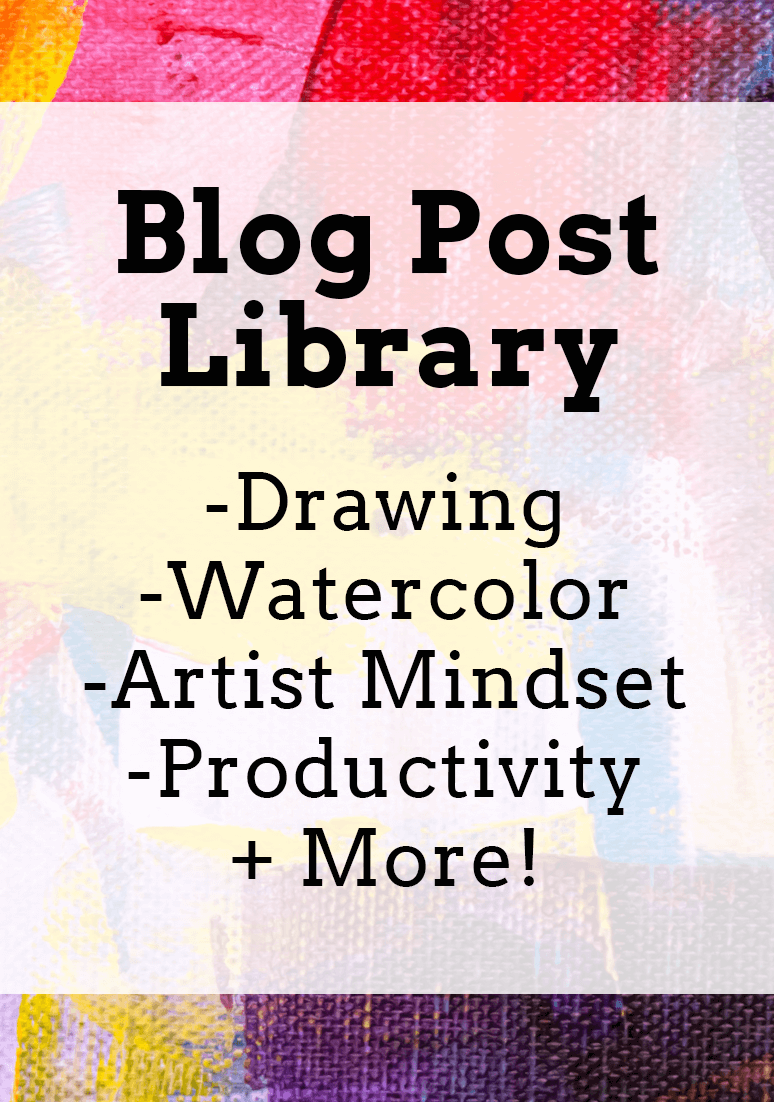
www.erikalancaster.com
is a participant in the Amazon Services LLC Associates Program, an affiliate advertising program designed to provide a means for sites to earn advertising fees by advertising and linking to amazon.com. www.erikalancaster.com is a participant in the Shareasale.com Affiliate Program, an affiliate advertising program designed to provide a means for sites to earn advertising fees by advertising and linking to Shareasale.com partner companies. |

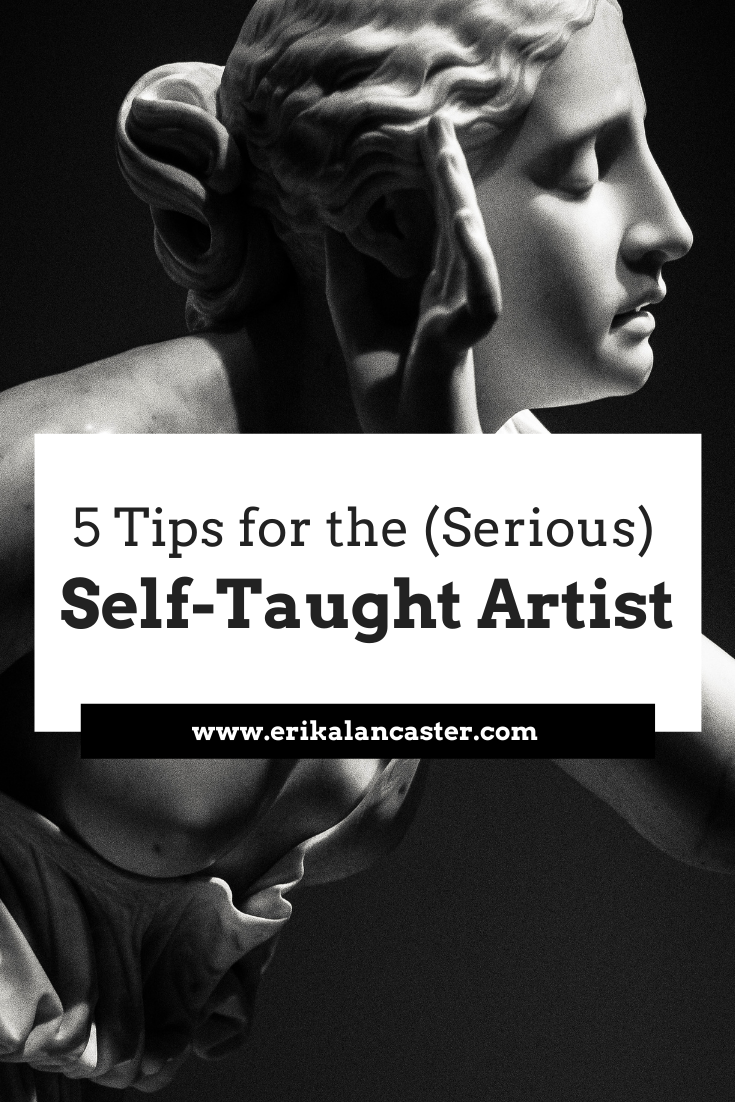
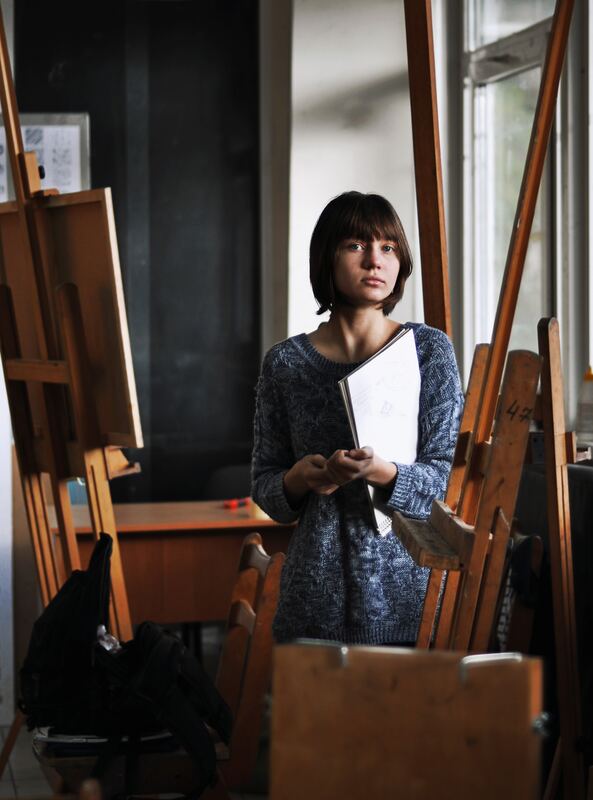
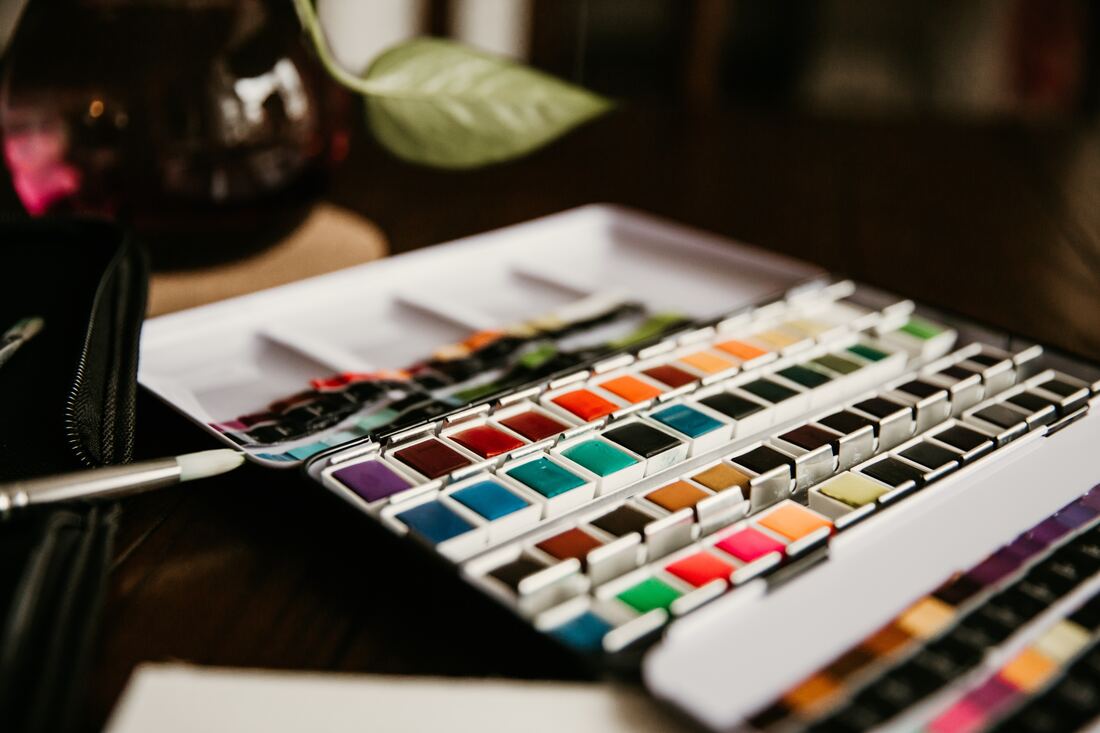
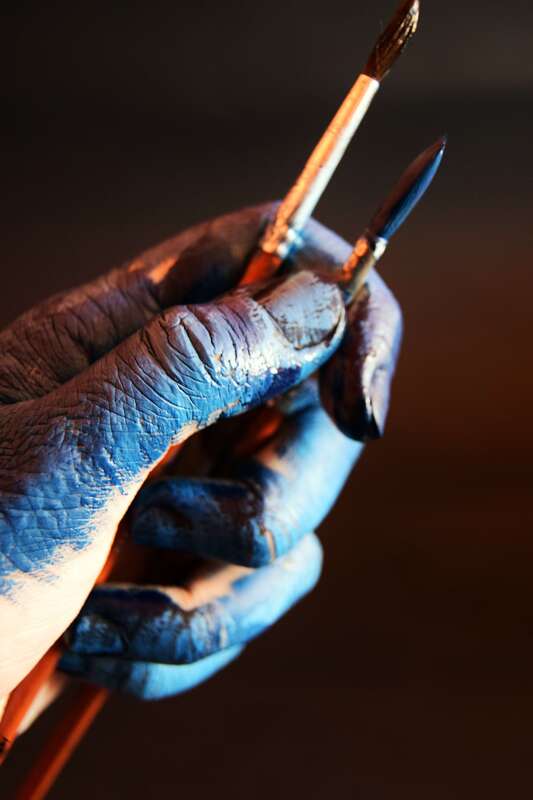
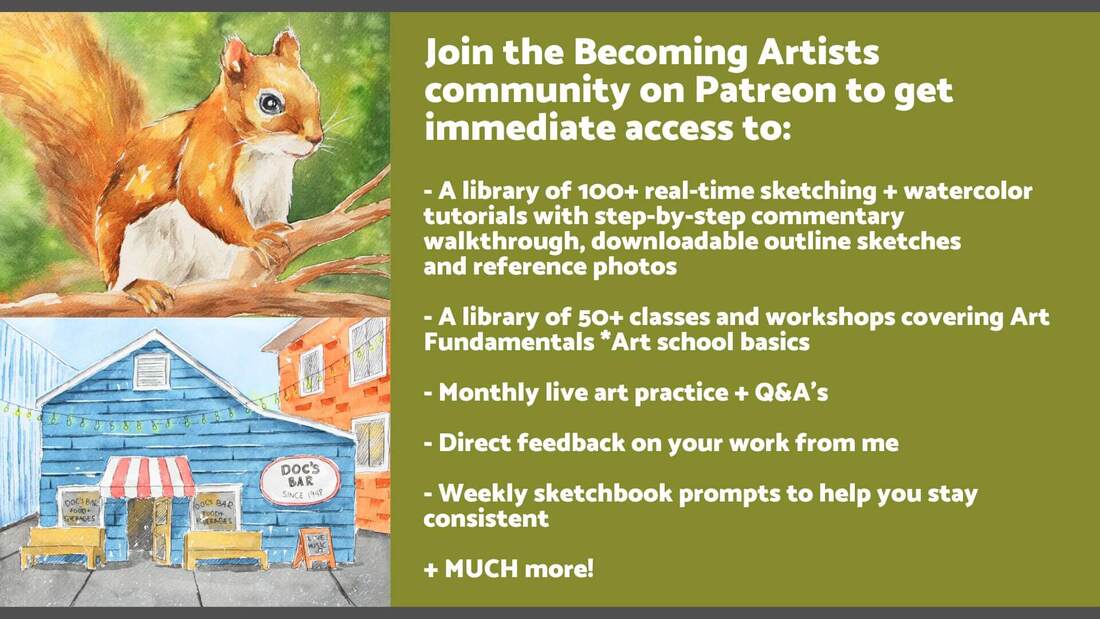

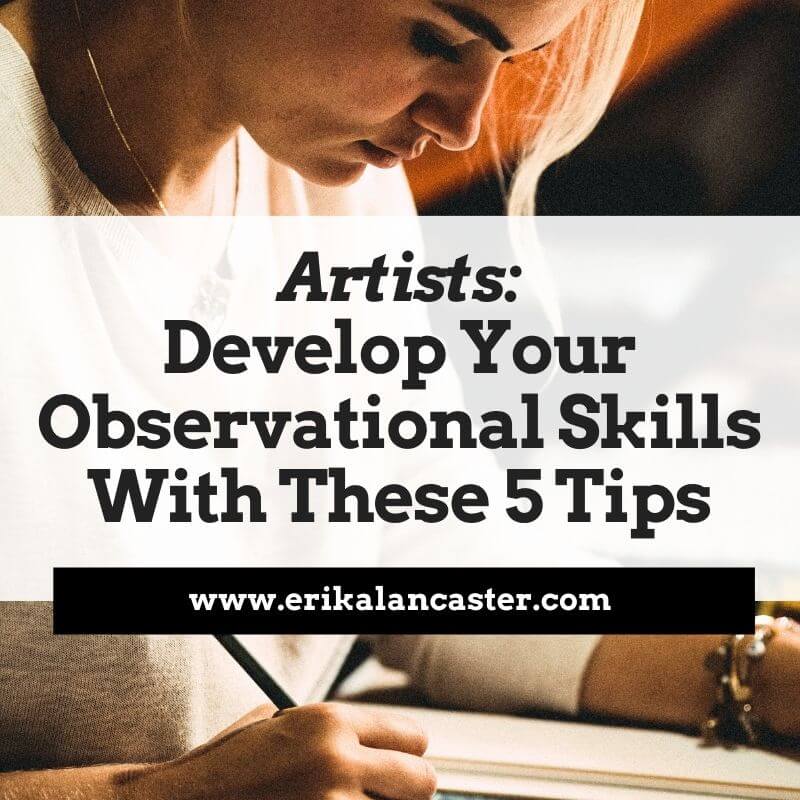
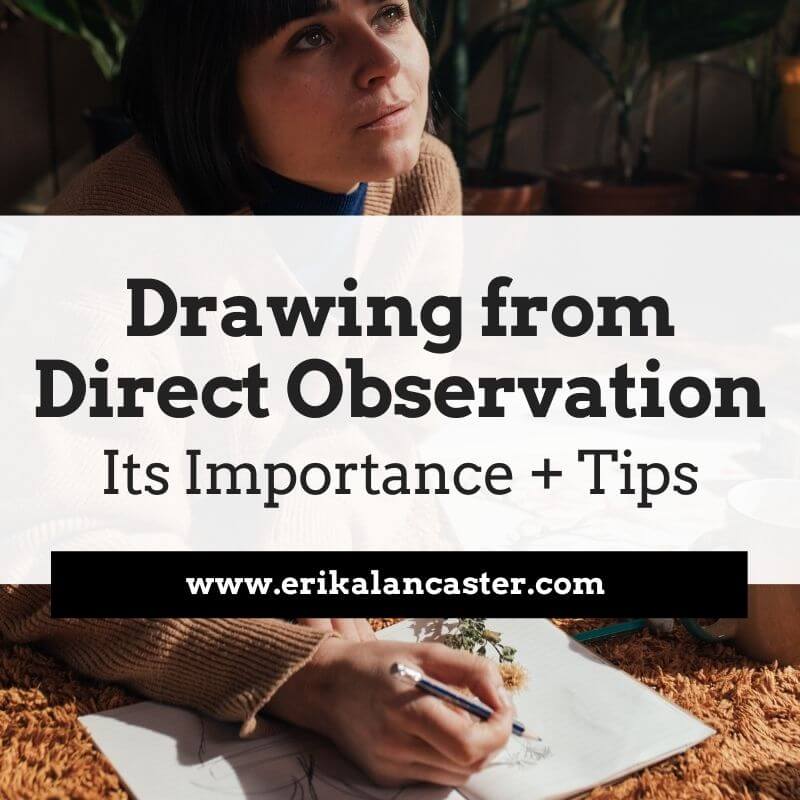
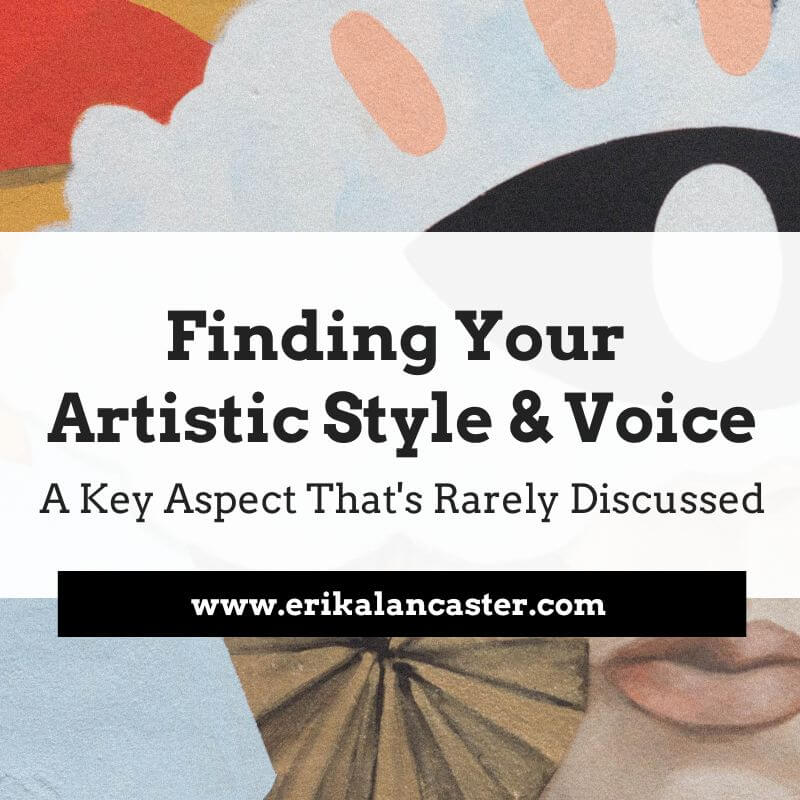
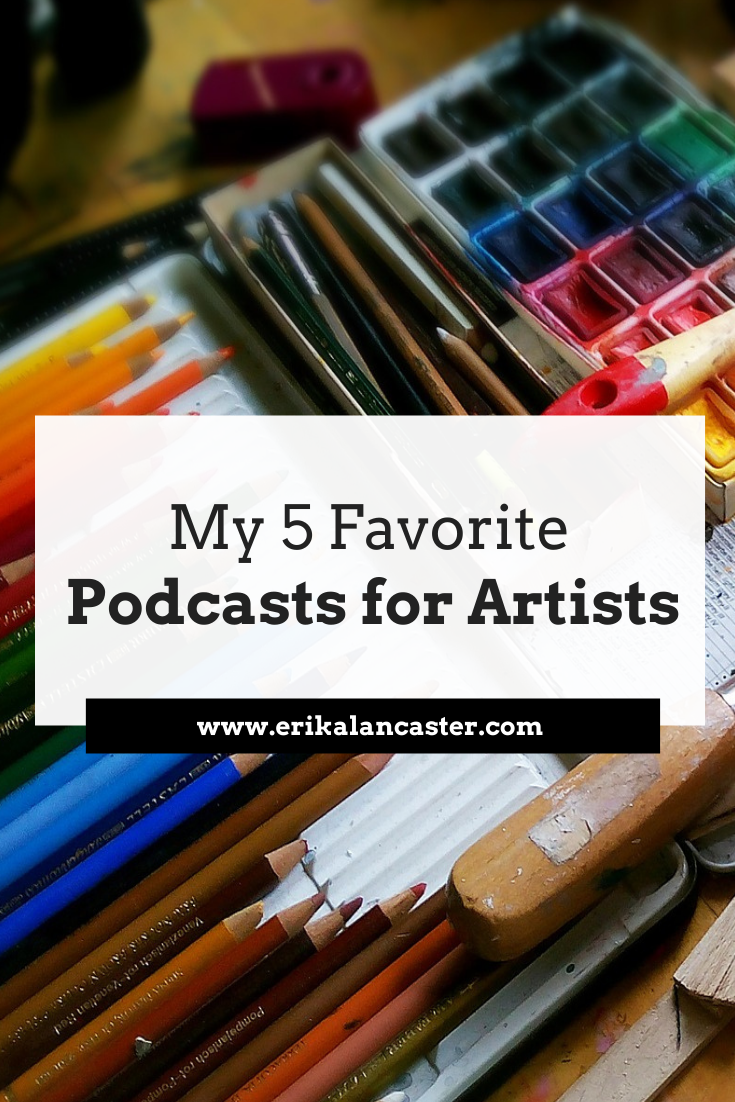
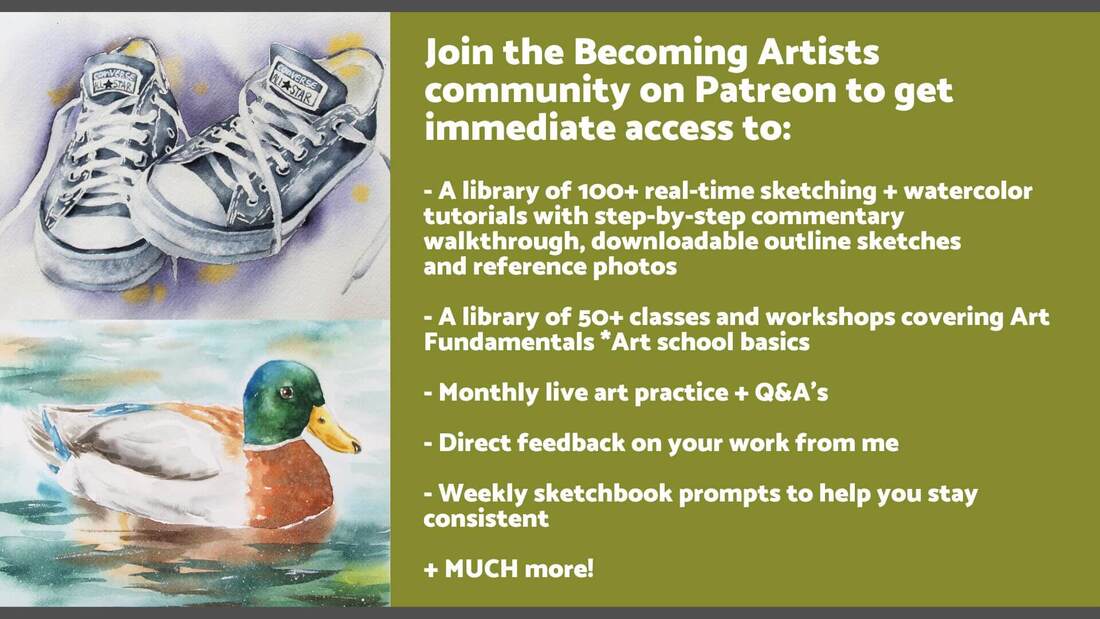
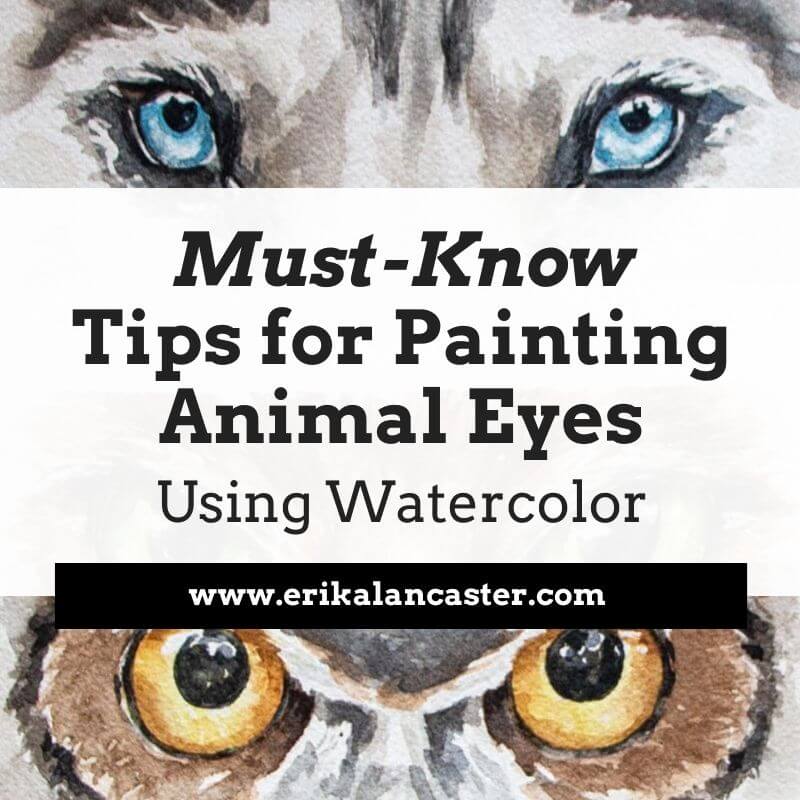
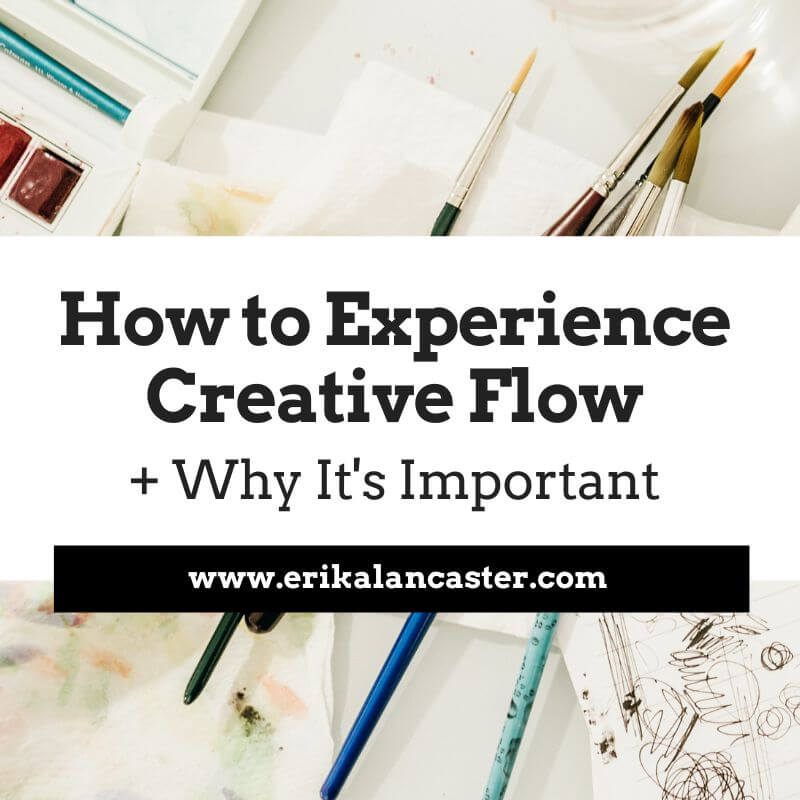
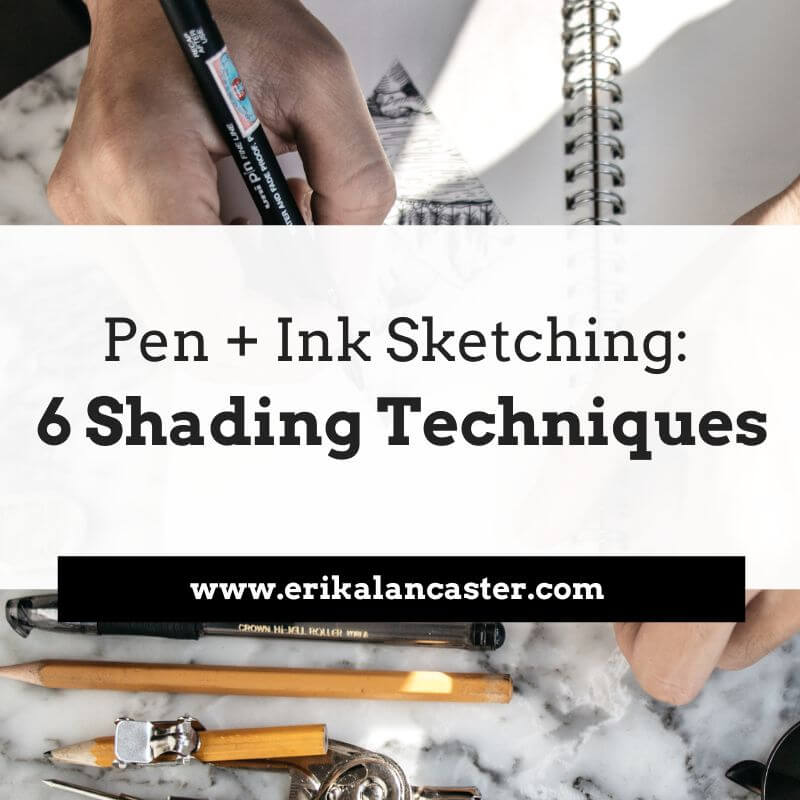
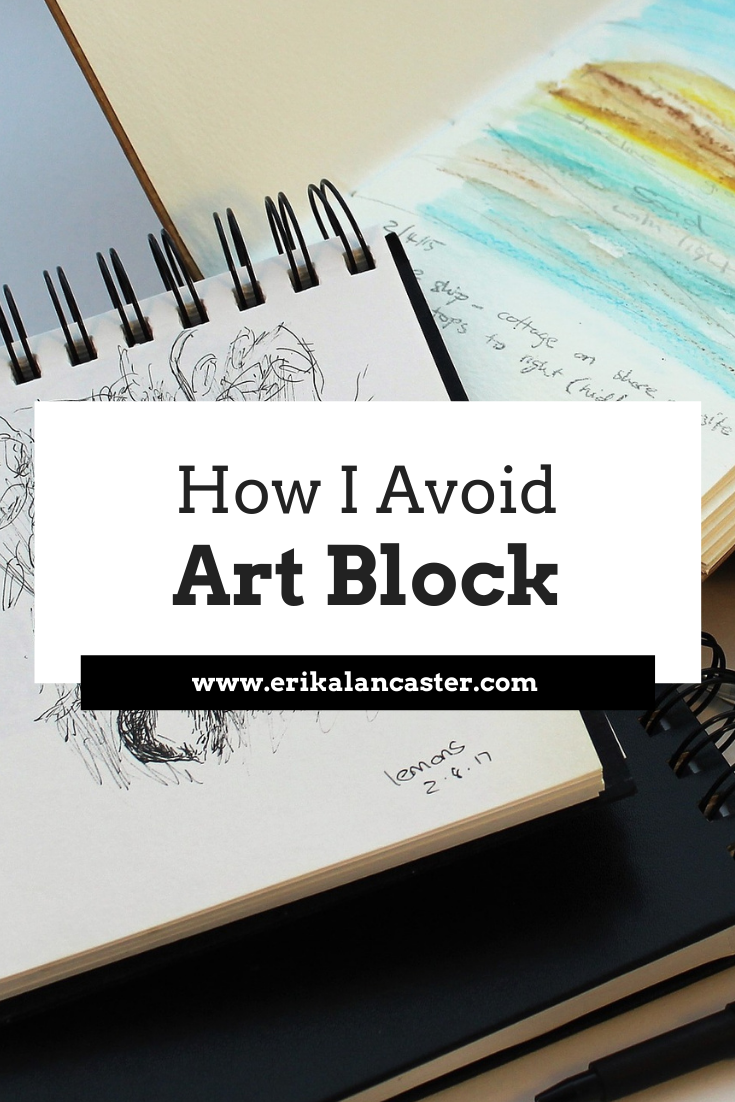
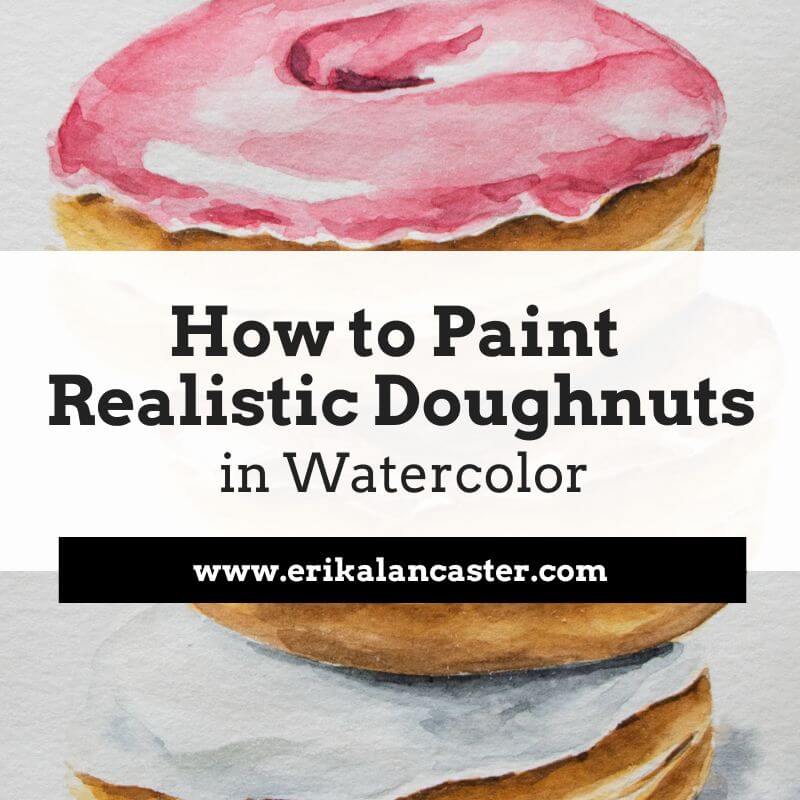

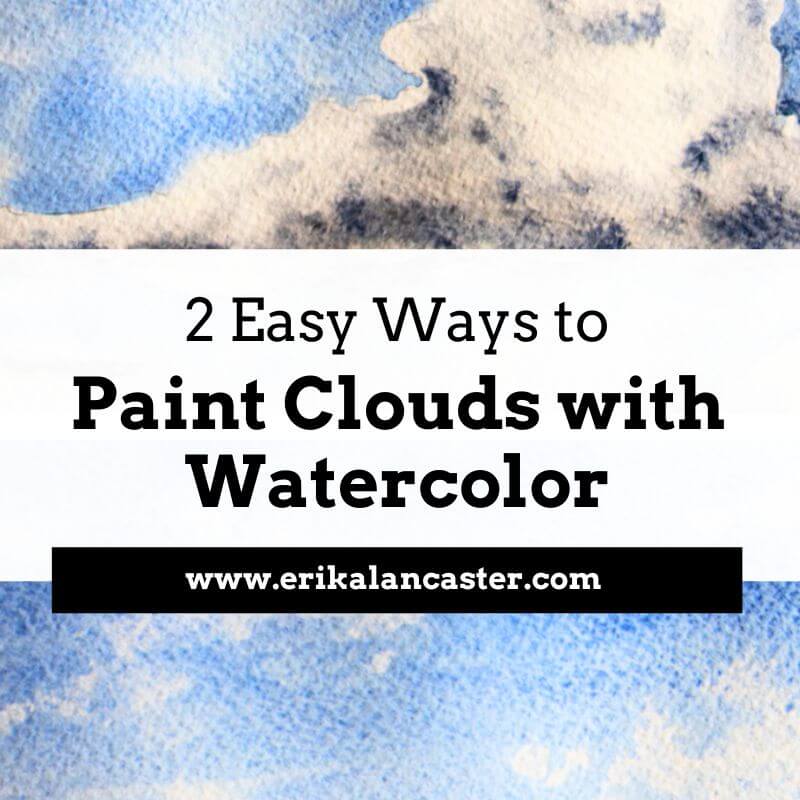
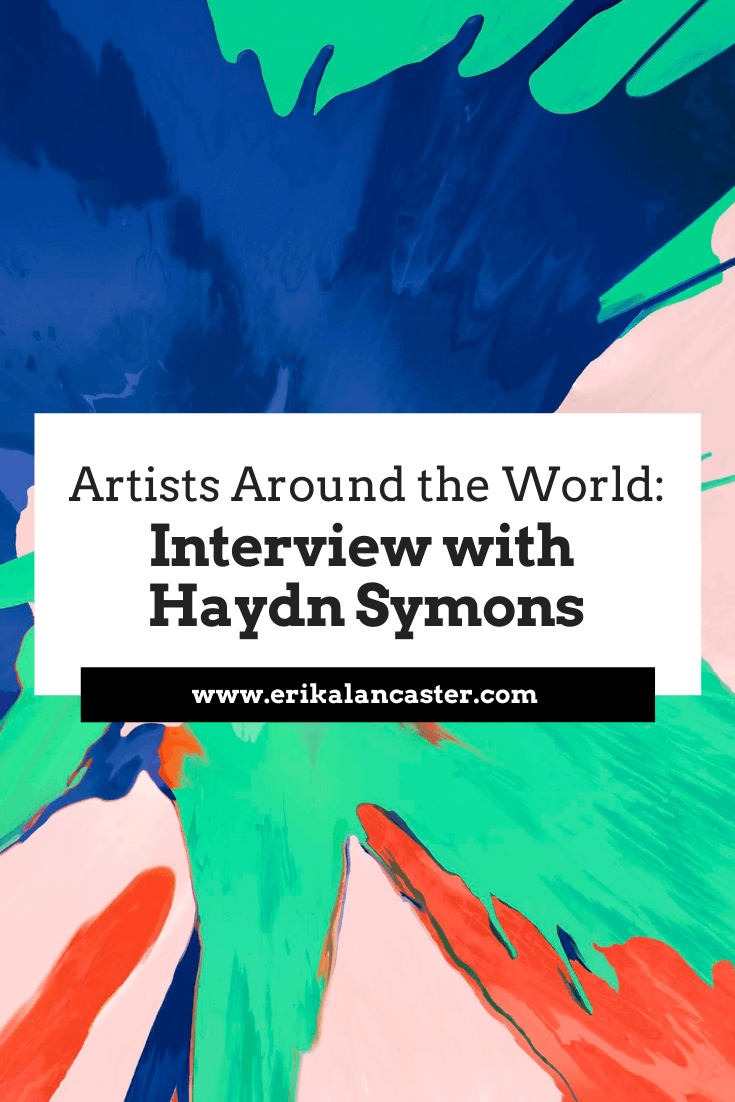
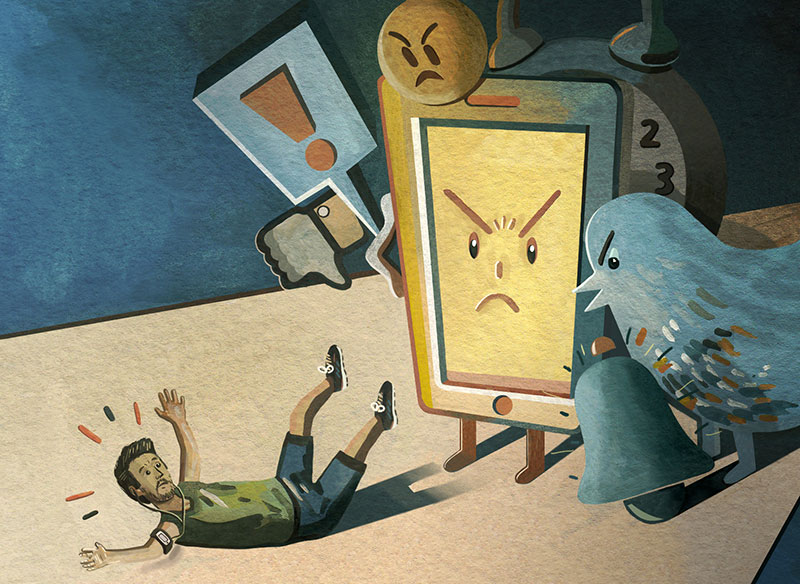
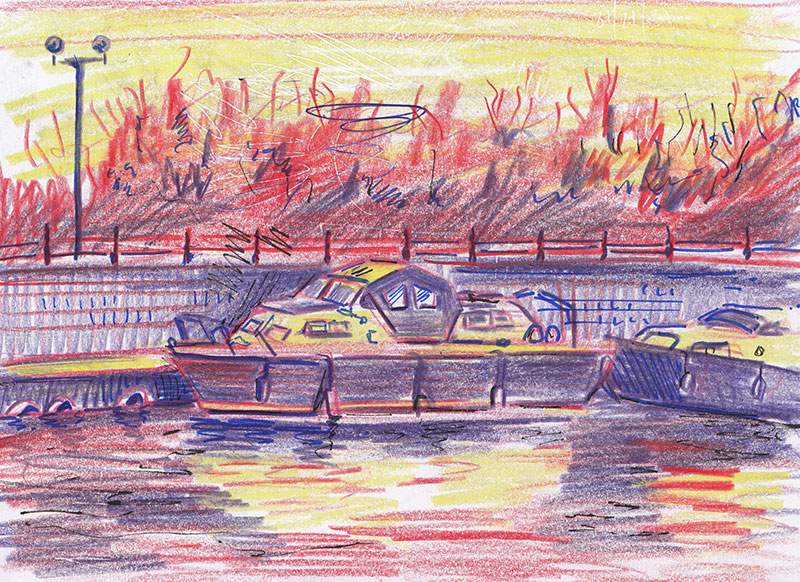
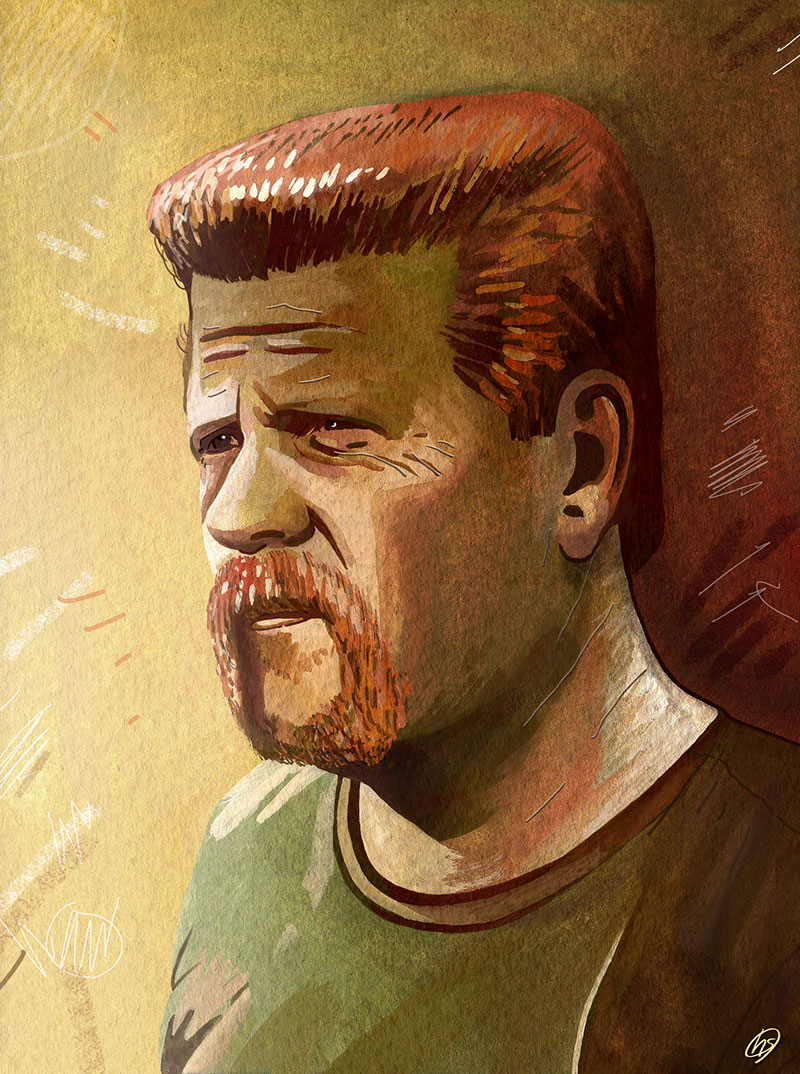
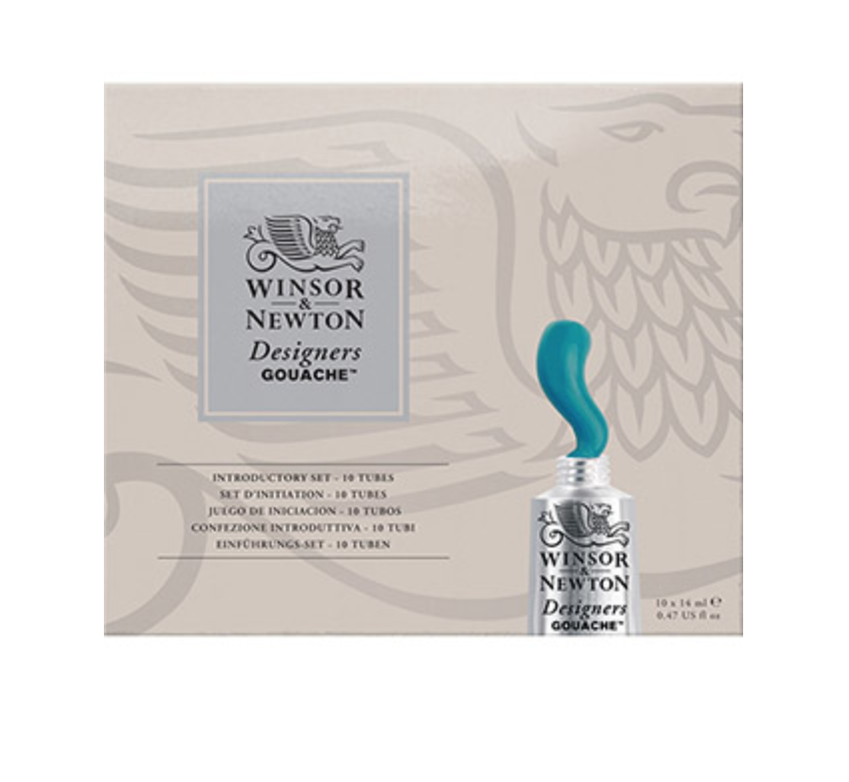
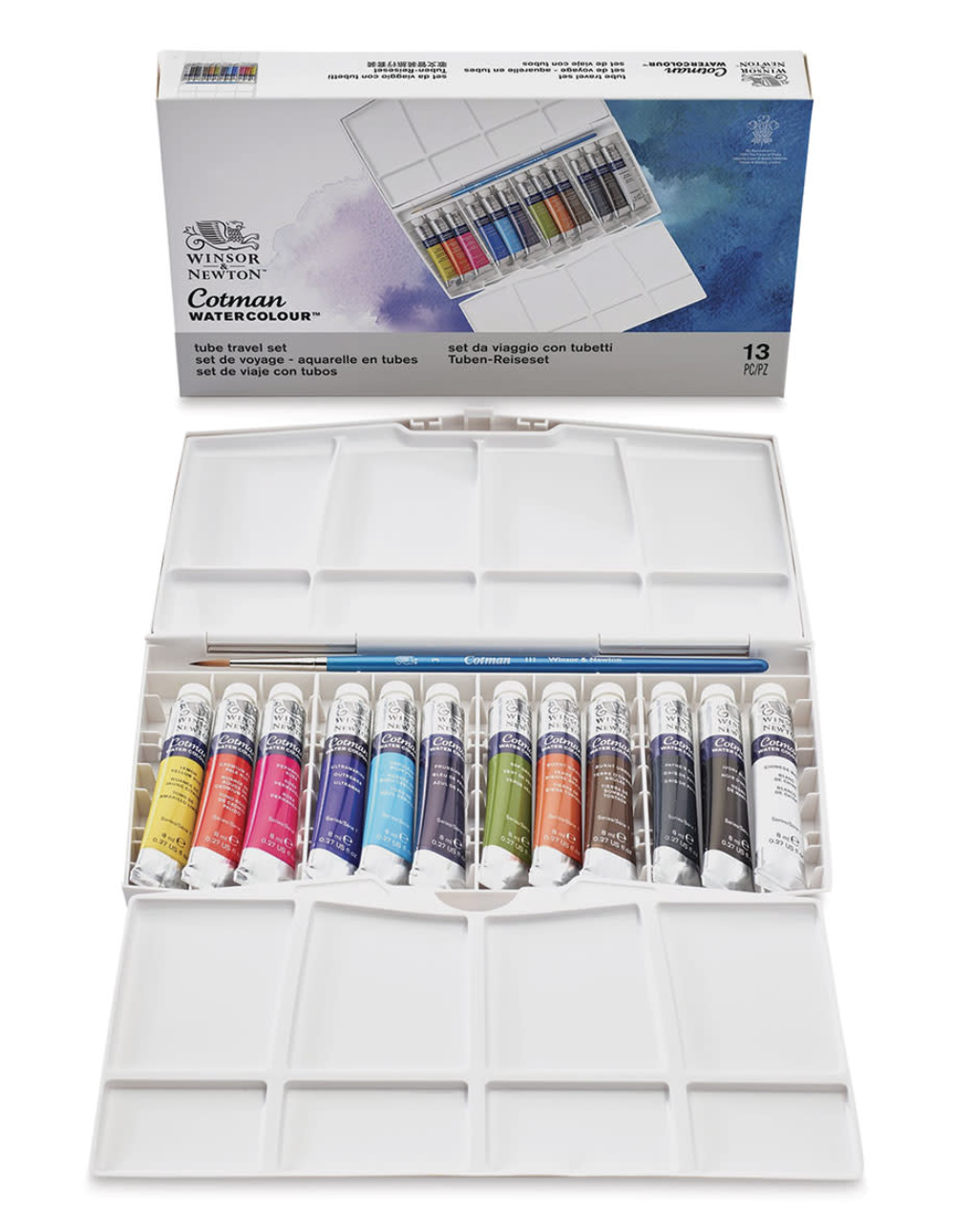
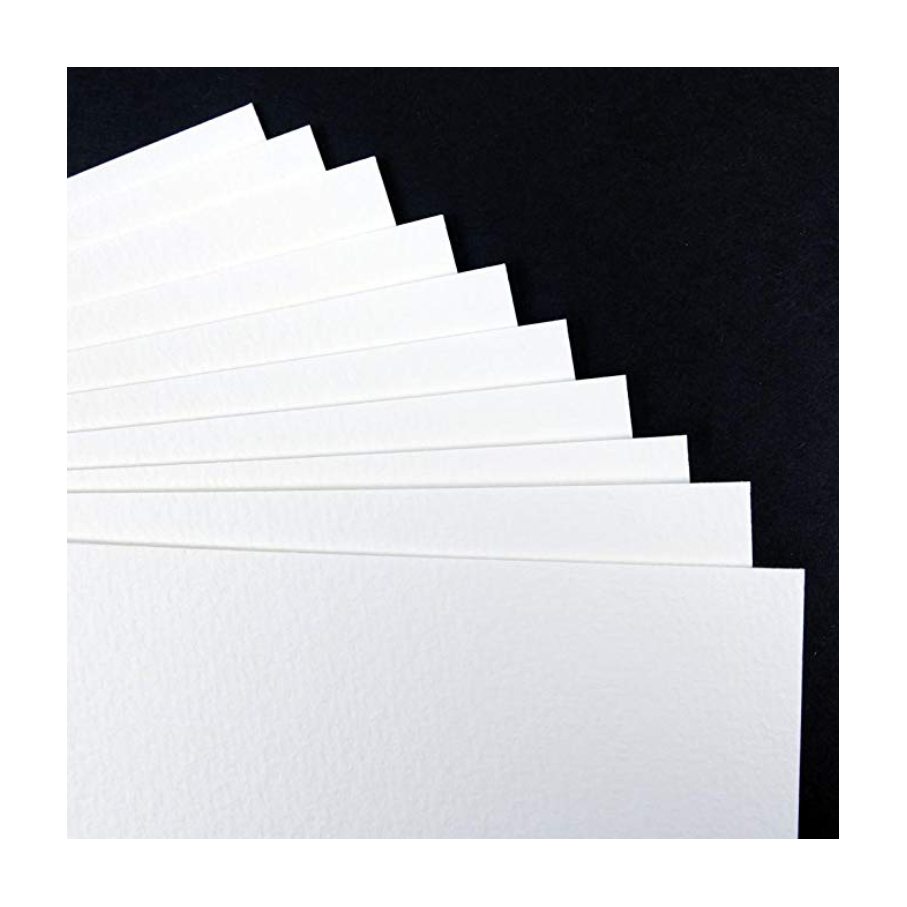
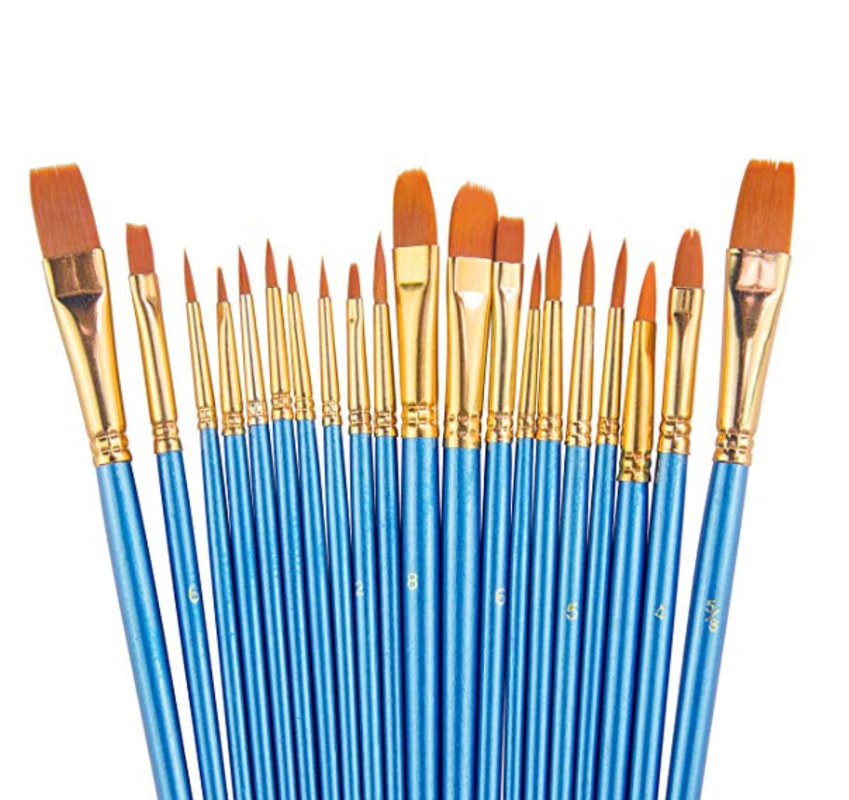
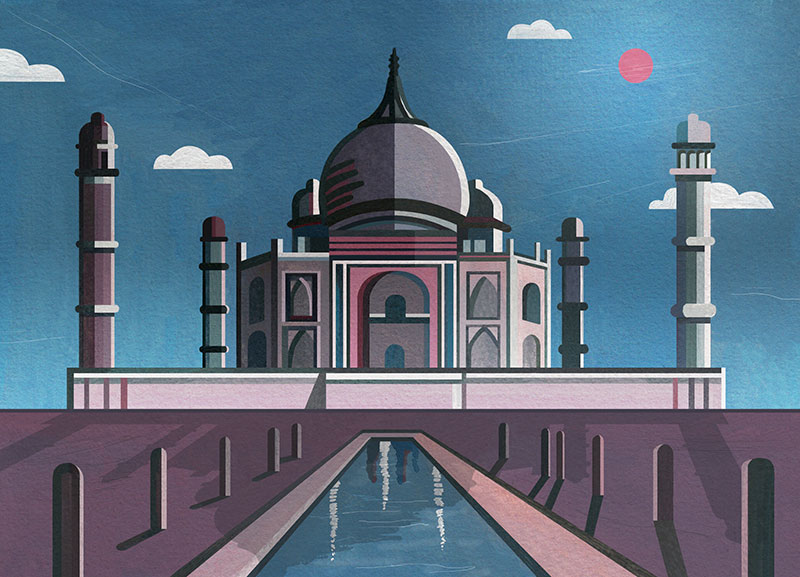
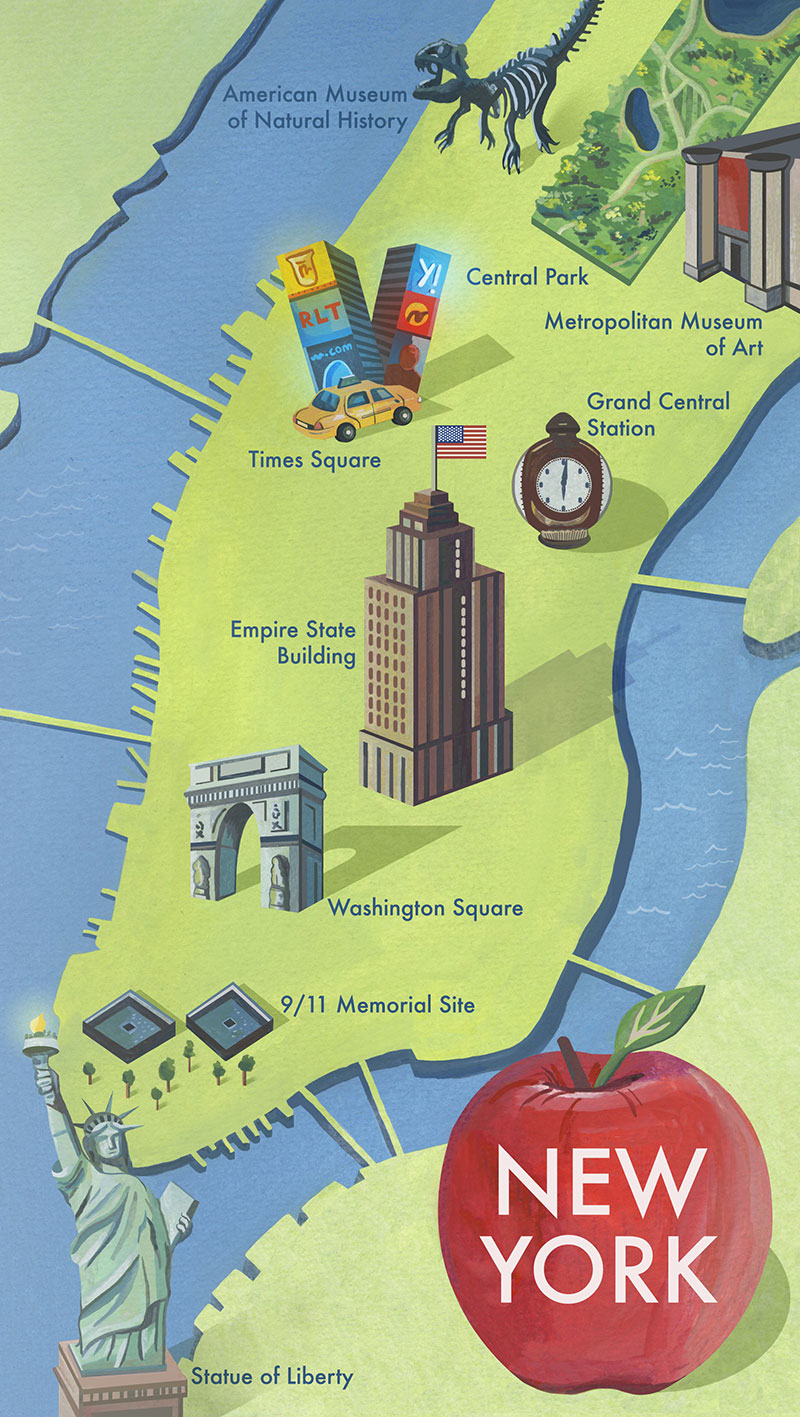

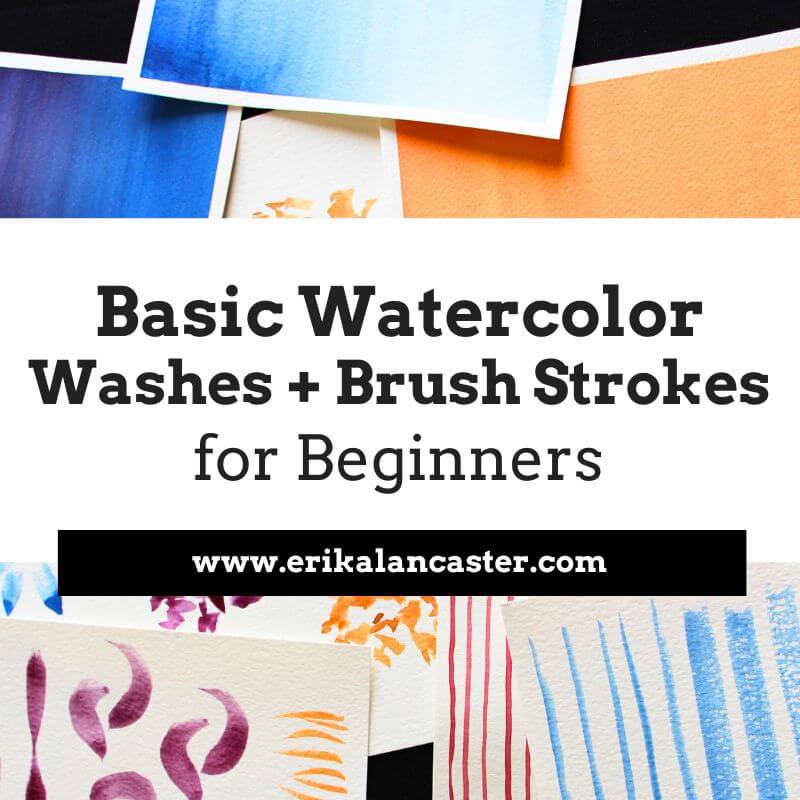
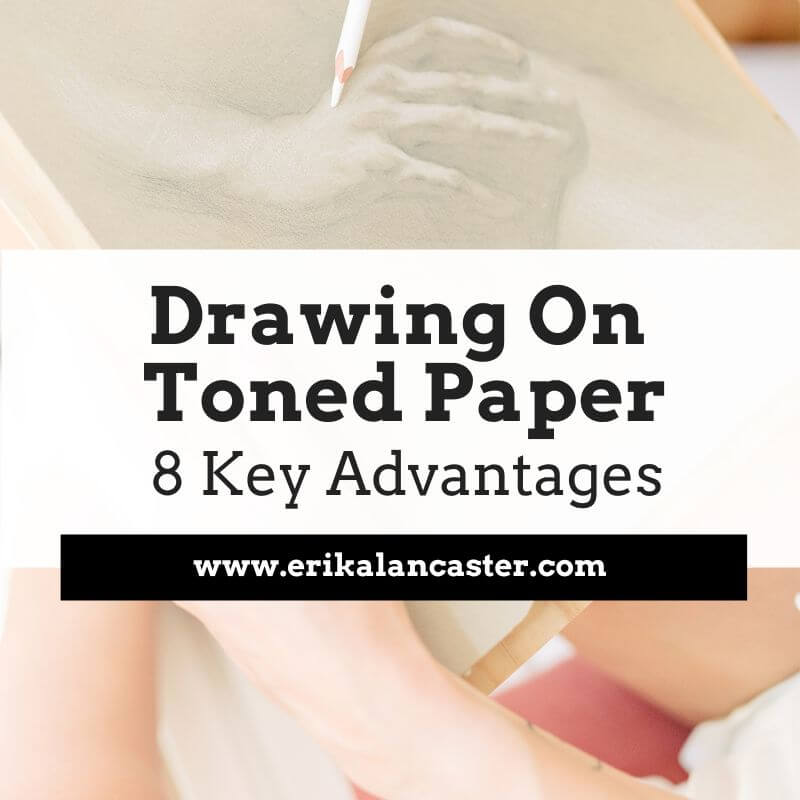
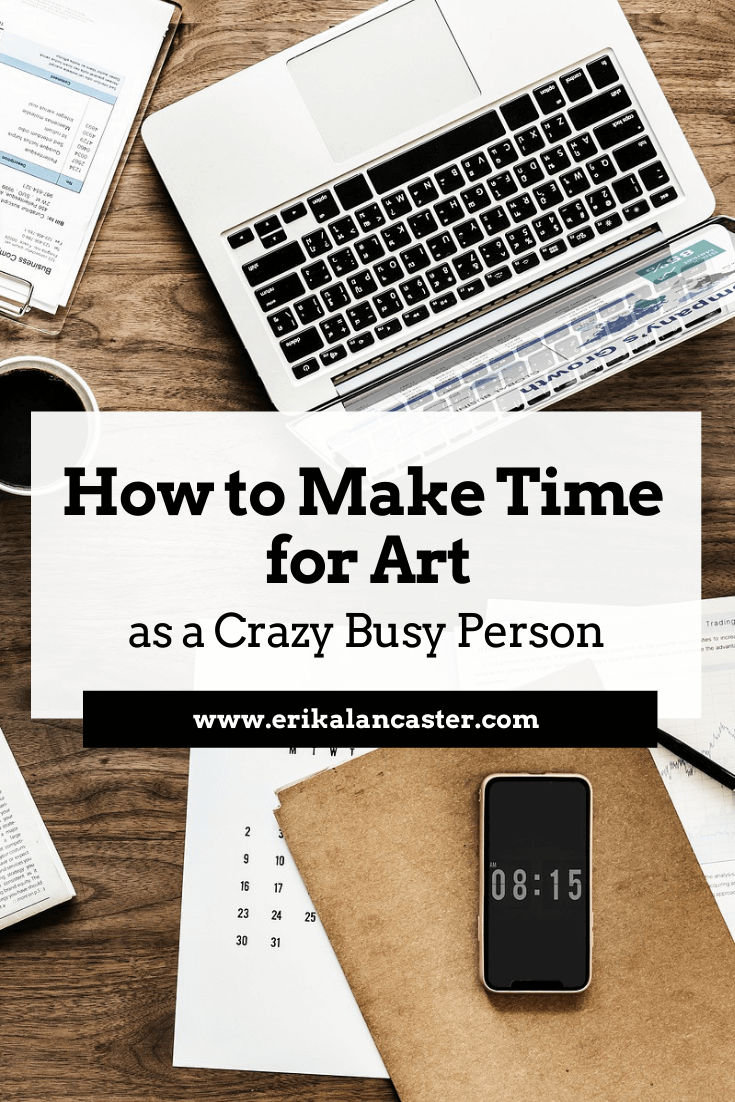
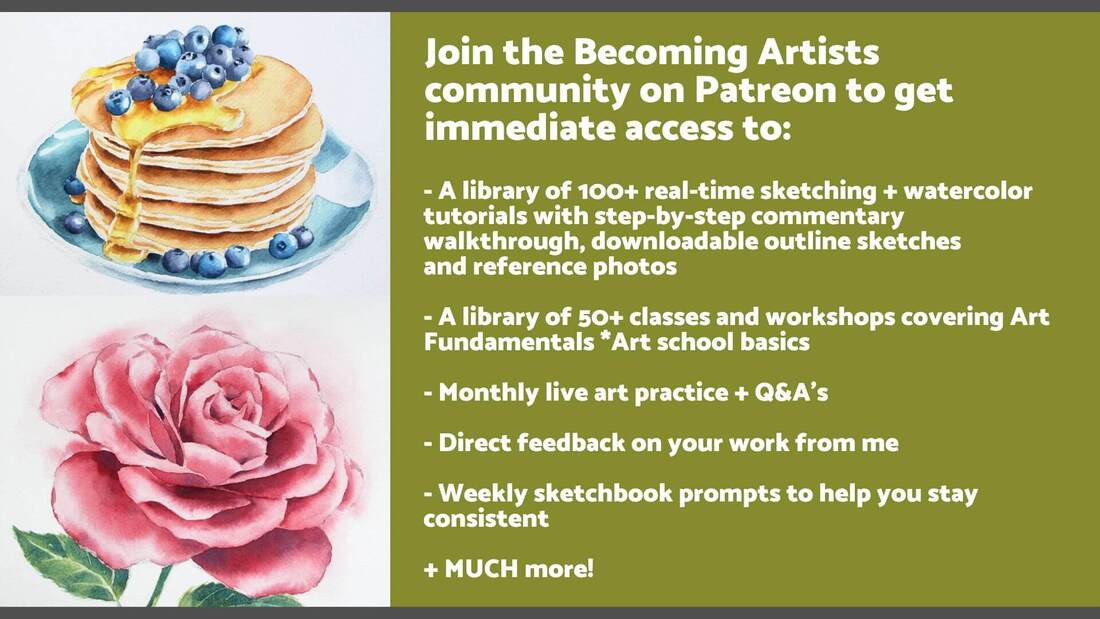
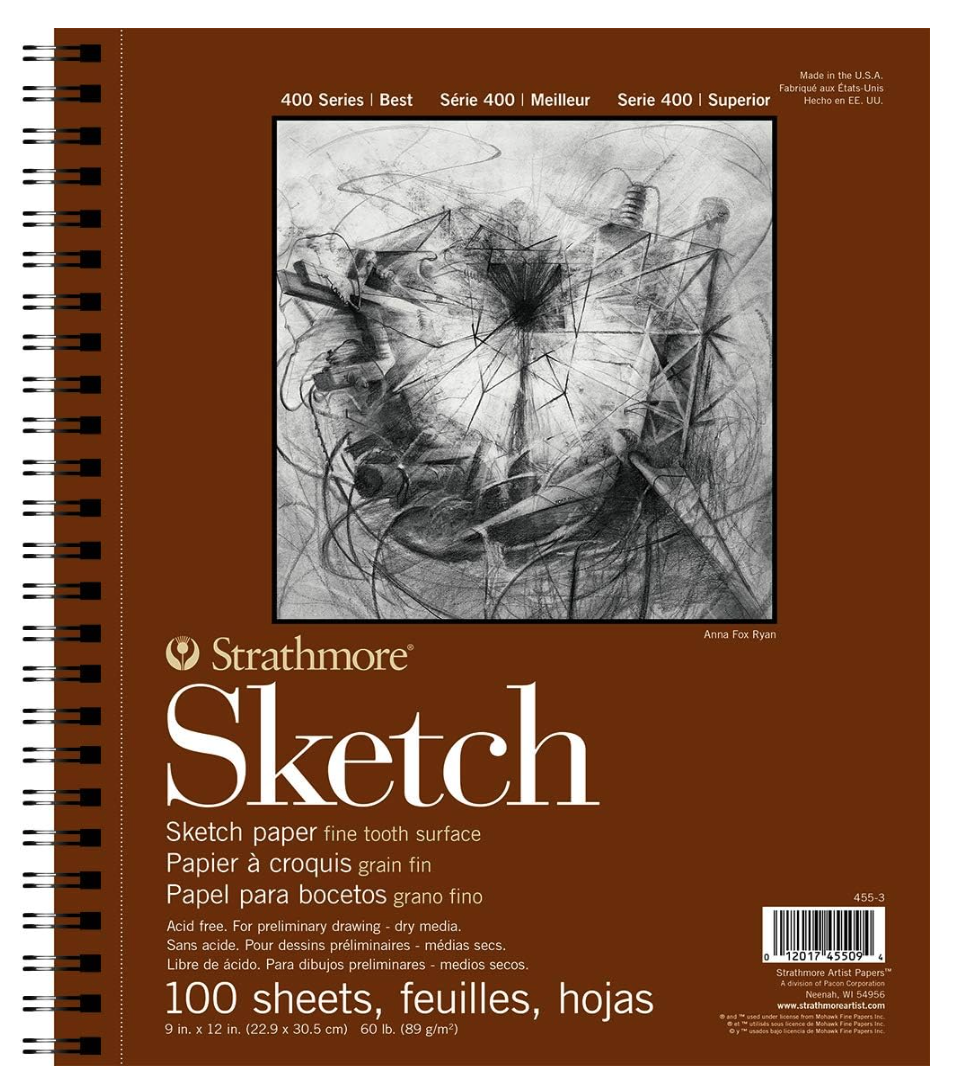
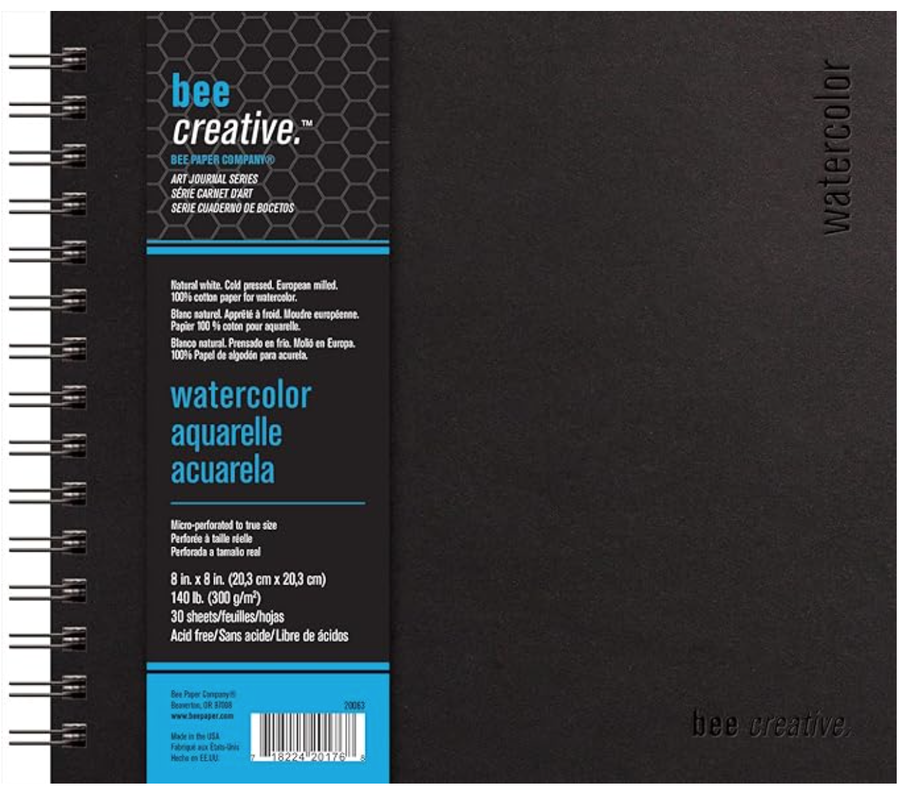
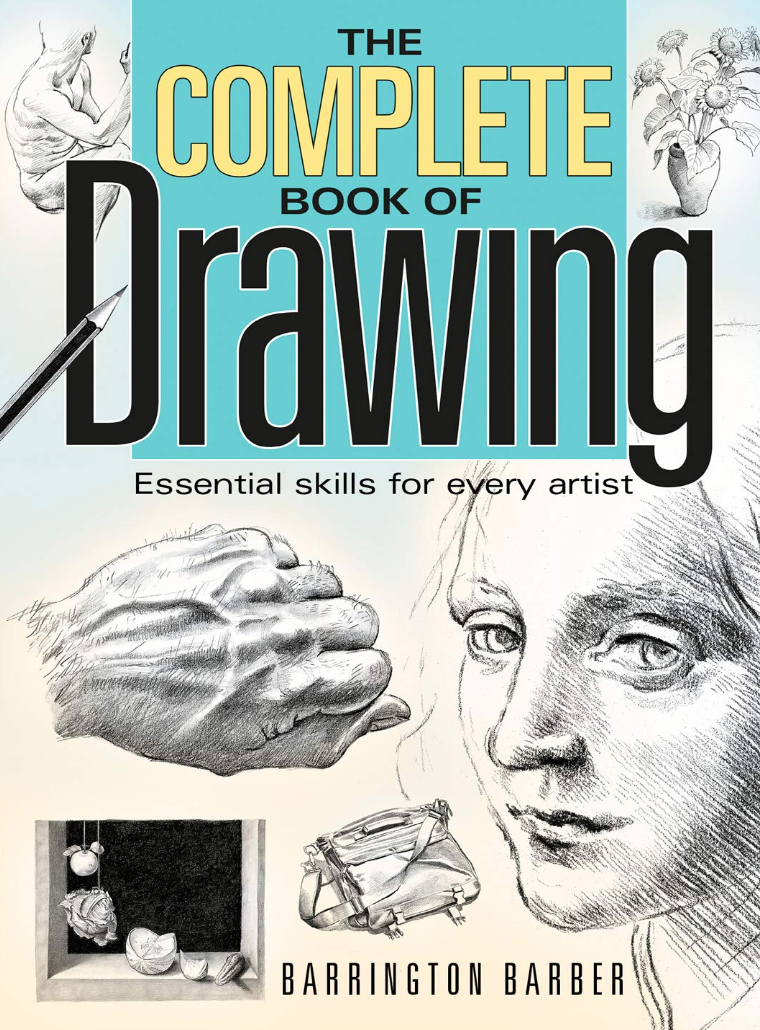
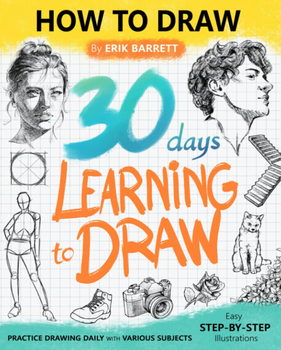
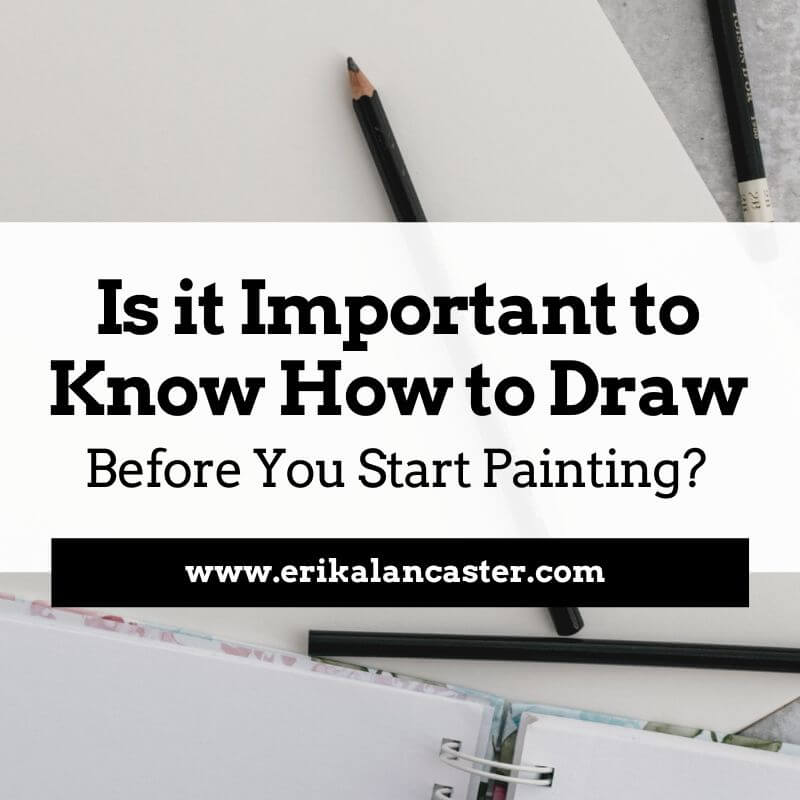
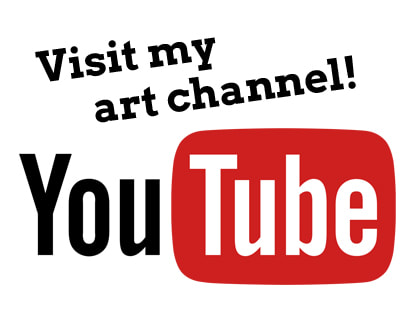

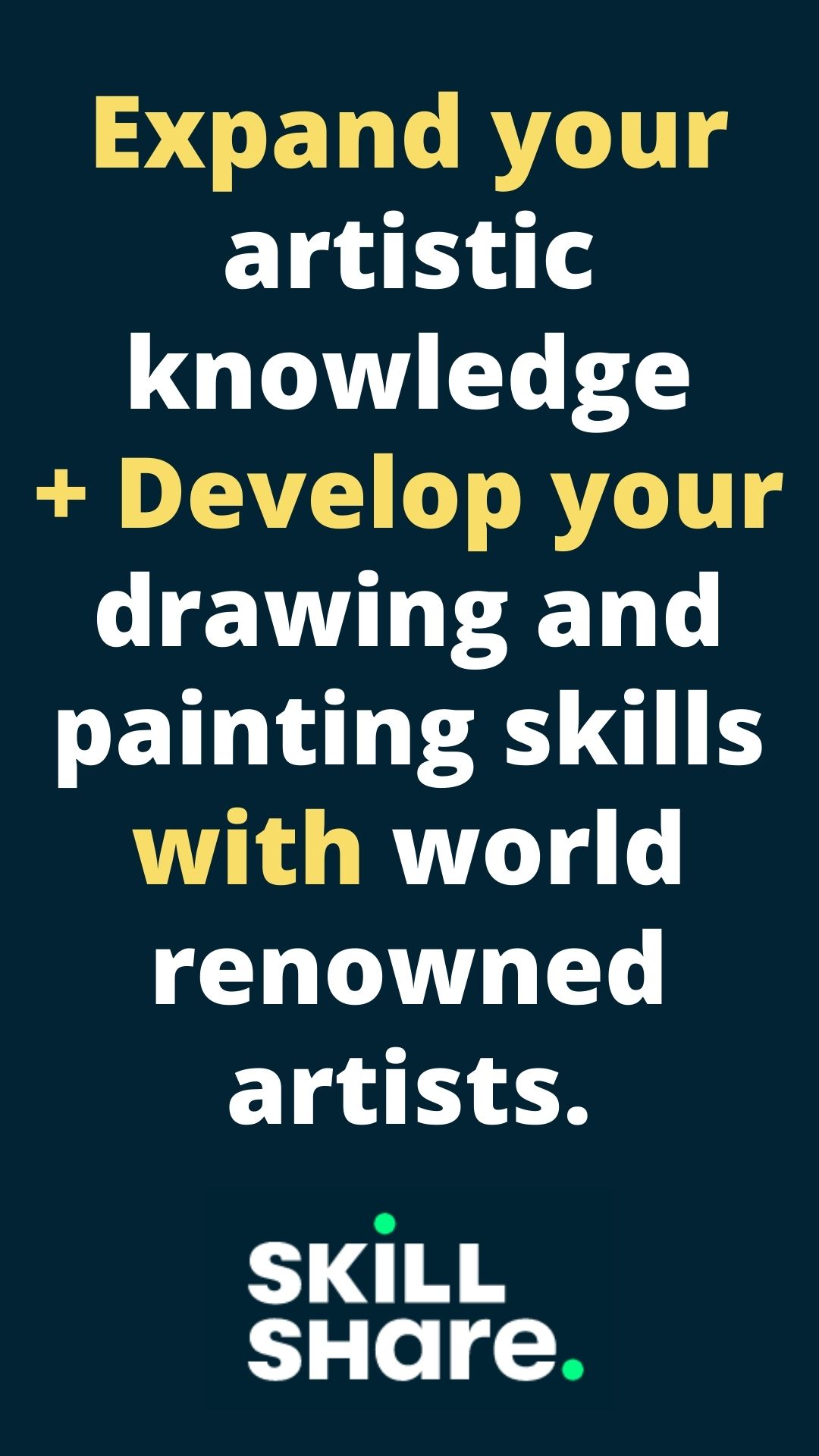

 RSS Feed
RSS Feed

